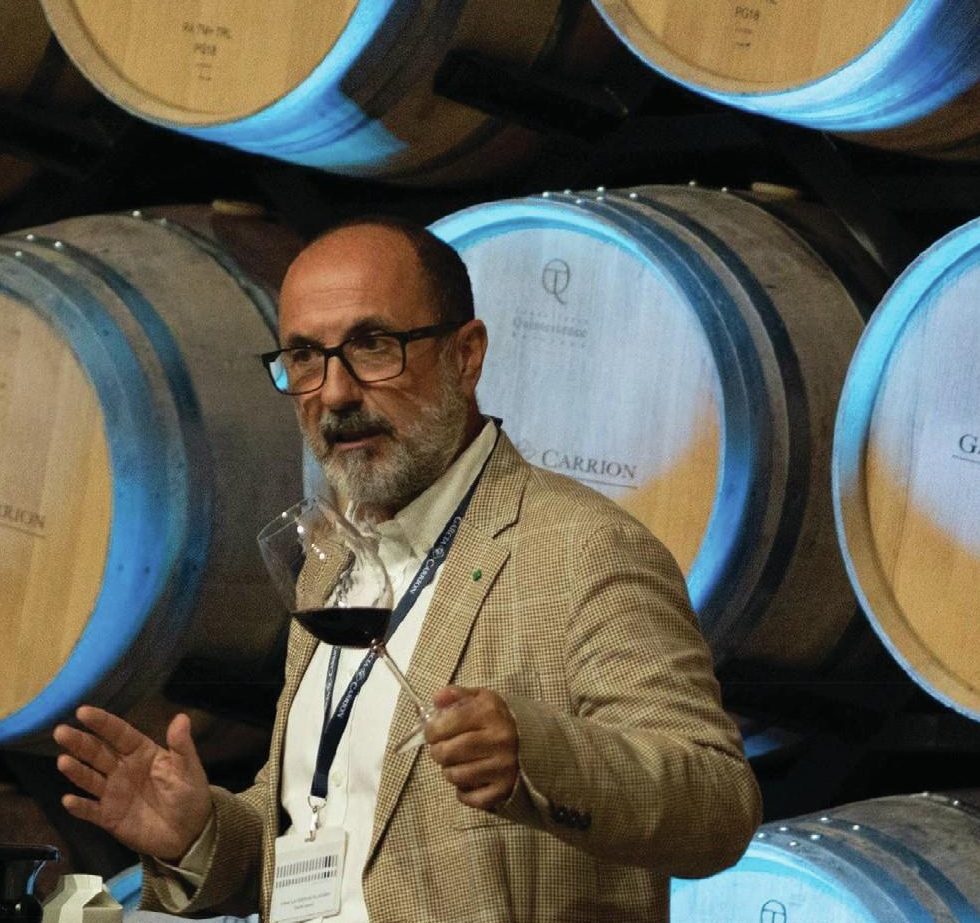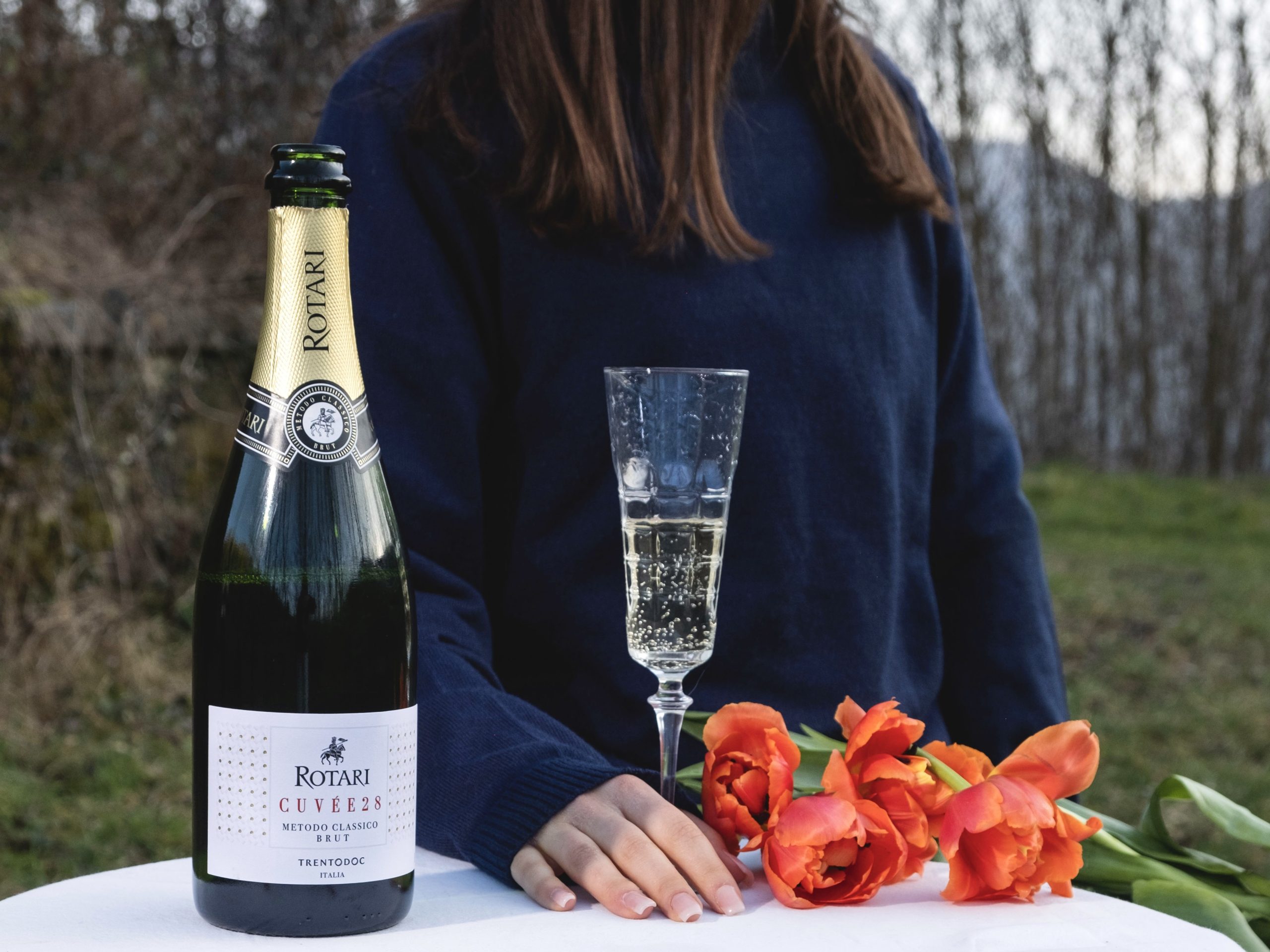Lamberto Frescobaldi focuses on showcasing the depth of Tuscany’s fine wine offer
Lamberto Frescobaldi talks to Richard Woodard about the diversity and depth of Tuscany’s fine wine offer, and why the geography, vineyard, altitude, climate and soil are more important than the varietal.

However strong the claims of Pinot Grigio and Glera, Italy’s most planted grape variety remains Sangiovese, accounting for some 13% of vineyard surface – 60% of it in Tuscany alone. In that context, it makes sense to hear Marchesi Frescobaldi president Lamberto Frescobaldi assert: “When in Tuscany you say my wine is produced with Sangiovese, you do not really add anything to your story – because everybody uses Sangiovese. So people have to say the area.”
In the case of the company’s Castello Nipozzano estate, that area is Chianti Rùfina, the smallest sub-zone of the Chianti DOCG with only about 900 hectares of vineyards. But Frescobaldi isn’t done yet. “You’re still not really adding anything,” he says. “You have to start mentioning the estate, and in this case it’s Nipozzano.”
In a wine world that is often fixated on grape variety, Frescobaldi is more interested in geography, vineyard, altitude, climate and soil. Later, discussing the company’s Tenuta Perano estate in the heart of Chianti Classico, this surfaces again. Perano’s wines have echoes of Nipozzano, but there are contrasts as well.
“They are similar and different at the same time,” Frescobaldi says. “This is the beauty of having different locations or different châteaux. Let’s not focus on the varietal, but let’s remember the geography and where we are, and this will definitely add more interest.”
This exploration of Tuscany’s diversity could be said to be the mantra of Marchesi Frescobaldi, with a portfolio that encompasses Masseto, Ornellaia and Luce, but also CastelGiocondo, Pomino, Ammiraglia and Gorgona. This historic dynasty of Tuscan traders and bankers – Lamberto represents, mind-bogglingly, the 30th generation – has lately been focused on showcasing the depth of the region’s fine wine offer.

Although both are ‘Chianti’, Nipozzano and Perano are, in some respects, poles apart. Nipozzano was where Frescobaldi grew up, and where he rode his dirt bike up and down between the vines. “It’s the wine that represents Frescobaldi more than any other wine,” he says. “When I was a child, Nipozzano was THE WINE, in capital letters, for the family.”
By contrast, Perano is the new arrival, and an estate that once seemed fated never to be part of the Frescobaldi empire. Lying just to the north of Gaiole in Chianti, it still makes Frescobaldi stop the car when en route there from Radda, so stunning is the view (even by local standards).
He first visited Perano in 1992, when it was for sale and its 52ha vineyard remained unplanted. “It was quite a difficult location, so I went back and spoke to my father and said: ‘Look, I don’t feel comfortable, it’s too complicated a place.’” It was for sale again in 2008 but, in Frescobaldi’s words, it was “too damned expensive” and “remained a dream”.
Partner Content
Finally, in 2014, the company began renting it, and then bought it. What won Frescobaldi round? “The uniqueness of this location is that it’s pretty high in elevation (500m), so temperatures are lower than in the rest of Chianti, so the Sangiovese there matures very slowly, but the height is compensated by two amphitheatres looking south and grabbing all the heat during the day. That helps the ripening, but yet it matures with elegance and complexity.”
This is a clear point of similarity with Nipozzano – not only is Rùfina the smallest Chianti sub-zone, it’s also the highest. “You want the fruit to mature quite slowly, so the phenolic maturity arrives late – at the end of September or early October. If you were in a warmer place, the fruit would definitely start to rot,” Frescobaldi explains.
Nipozzano is also a dry spot, forcing the Sangiovese’s roots to dig deep into the clay- and rock-rich soils in search of water and nutrients. “Sangiovese is not really keen on water,” Frescobaldi says. “When you plant it on humid soil, it tends to make a very large berry and have diluted wines that are not able to age very well. It’s important to be on well-drained soil with not much rain in the summer.”
If Nipozzano represents the Frescobaldi family heritage, that doesn’t mean stagnation. In 1991, the company embarked on the wholesale, high-density replanting of a vineyard dating from the 1960s, when yield was valued above quality. Twenty years later, the last plot of the oldest vineyards was harvested before its planned removal – but 2011 was a warm year when that old vineyard’s deep roots came into their own, withstanding the heat much better than elsewhere on the estate.
“The wine was quite amazing,” recalls Frescobaldi. “I think it was a message from the old vineyard, saying damn you, don’t pull me out. So we didn’t.” The result was Nipozzano’s first ‘Vecchie Viti’ or old vine bottling, aged in large 30-hectolitre oak vats to capture the richness of the fruit expression.
Oak is another pet subject for Frescobaldi, or rather the lack of it, with longer maturations tending to mean larger vessels and used casks. “Playing with oak is like playing with a knife with two edges,” he says. “You can cut better, but you can also cut yourself.”
He bemoans the oak-centric fashion of the 1990s and early 2000s. “If you really like vanilla, you should walk down your street and probably you’re going to find an ice cream shop, and you should have a vanilla ice cream – and it’s going to be a lot more affordable. We need [oak], but at the same time we do not want to have it sticking out of the glass.”
This restraint – in winemaking style and, many would say, in pricing – is a hallmark of the Frescobaldi ethos. There’s also a disarming honesty that resurfaces in a discussion about Rialzi, the 100% Sangiovese vineyard plot at Perano that is the source of the estate’s top Chianti Classico Gran Selezione wine.
The name, explains Frescobaldi, comes from the Italian ‘rialzato’, or ‘pulled up’. But the term has got nothing to do with any radical replanting programme: Rialzi’s well-drained, rocky soil was created over a century ago when roadbuilders dumped stones here and ‘lifted up’ the soil. Proof, if proof were needed, that the unromantic truth is often more engaging than even the most imaginative invention of the marketing department.




